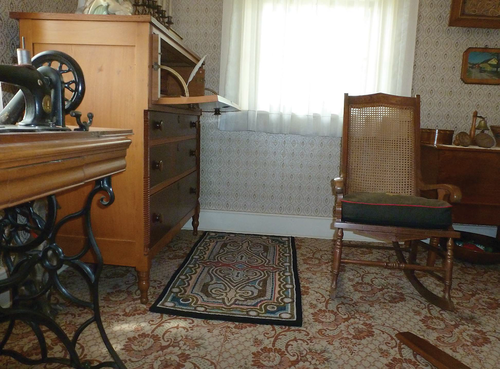Replicating an Antique Rug
Ask the Experts

It seems that during times when one is the busiest, opportunities for getting busier appear. That was the case during the summer while I was co-chairing the 2011 ATHA Biennial in Lancaster. A friend who was working at a local living history museum called one day to inquire if I would be interested in hooking a reproduction of one of their antique rugs. I immediately said I would come to take a look.
The Ressler family home was built in 1855 near the family’s water-powered grain mill. It was the home to three generations of Resslers. When the last of the family died, the house and mill were preserved by the Ressler Mill Foundation. Yearly, 12,000 visitors find their way to the historic site in Lancaster County, Pennsylvania.
The day I visited, we laid the rug on the floor in an unfurnished third-floor bedroom where it was easy to examine it. It was in terrible condition. The edges were unraveling; there were holes here and there; most of the original color was unrecognizable, and the center portion was no longer connected to the rest of the rug. However, the design was still evident, and I knew somehow that I would be able to hook a reproduction. At the very least, I desperately wanted to try.
This article is from the November/December 2013 issue. For more information on our issues, check out our issues page.
Read NextNorth American Orientals: Part Four



